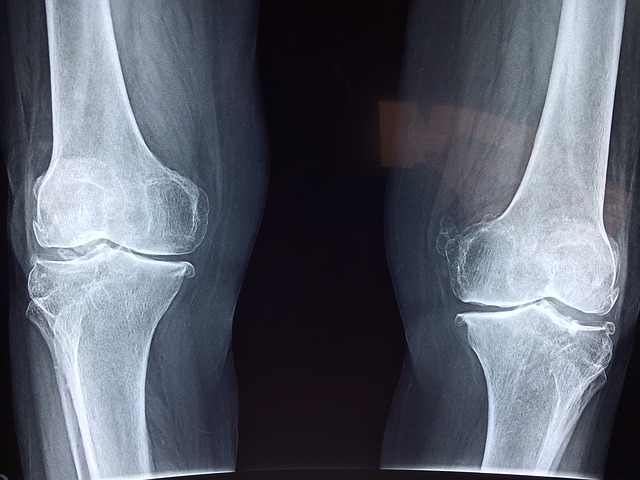A recent study describes a new method and criteria that could be useful in determining the risk of knee instability.
Knee injuries can have grave consequences for any individual. In athletes, knee injuries can be devastating and often destroy their careers. One type of knee injury that is frequently observed in many people is knee instability – a form of injury where knee can twist or move from side to side when performing normal physical activities.
It can happen due to a wide range of reasons and it is very difficult to predict the risk for such an injury. Previously researchers had utilized a CT-based method to predict knee instability risk. This entailed measuring the distance between two physical locations around the knee joint, referred to as tibial tubercle (TT) and trochlear groove (TG). However, considerable variation can be observed in TT-TG distance based on the method that is used to measure this distance. This makes it necessary to identify other methods that can reduce this subjectivity. In a recent study, researchers at Penn State used MRI as a tool to reduce this subjectivity. Another goal of the study was to compare TT-TG distance in normal individuals and those that have reported a knee injury. The researchers then used these studies to define a prediction criterion for assessing knee instability risk.
The researchers analyzed data from 131 patients – 48 of which had reported knee instability and 83 patients who only reported cartilage tears (with no bone involvement). The records of patients treated from 2012 to 2016 were analyzed by three independent orthopedicians with varying degree of expertise. There was very little variation observed in TT-TG distance reported by each orthopedician, the estimates of orthopedicians matched in 93% of cases for knee instability patients. Similarly, for normal patients the estimates of clinicians matched in greater than 95% of cases, demonstrating the reliability of MRI-based measurement over the CT-method.
The investigators reported a threshold TT-TG distance for predicting knee instability the risk. They found that a TT-TG distance of 13 mm was a good estimate for predicting knee instability risk. The researchers reported that this threshold improved the diagnostic efficiency of predicting this risk by 15%. The analysis of data showed that TT-TG distance exceeding 13 mm was two times more common in patents with a high knee instability risk. The research team, however, warned against using this method as a sole criterion for predicting risk, since in many cases, patients that have greater than 13 mm of TT-TG risk did not have any reported knee instability condition. The researchers suggested that this distance in conjunction with other known variables that impact knee instability should be used to predict the risk of injury.
Written By Vinayak Khattar, Ph.D., M.B.A
References:
Vairo, Giampietro, et al. “Tibial Tubercle-Trochlear Groove Distance Is a Reliable and Accurate Indicator of Patellofemoral Instability.” Clinical Orthopaedics and Related Research, vol. 477, no. 6, June 2019, pp. 1450–58. insights.ovid.com, doi:10.1097/CORR.0000000000000711.
Press release: https://www.eurekalert.org/pub_releases/2019-07/ps-asm071719.php
Image by Dr. Manuel González Reyes from Pixabay



